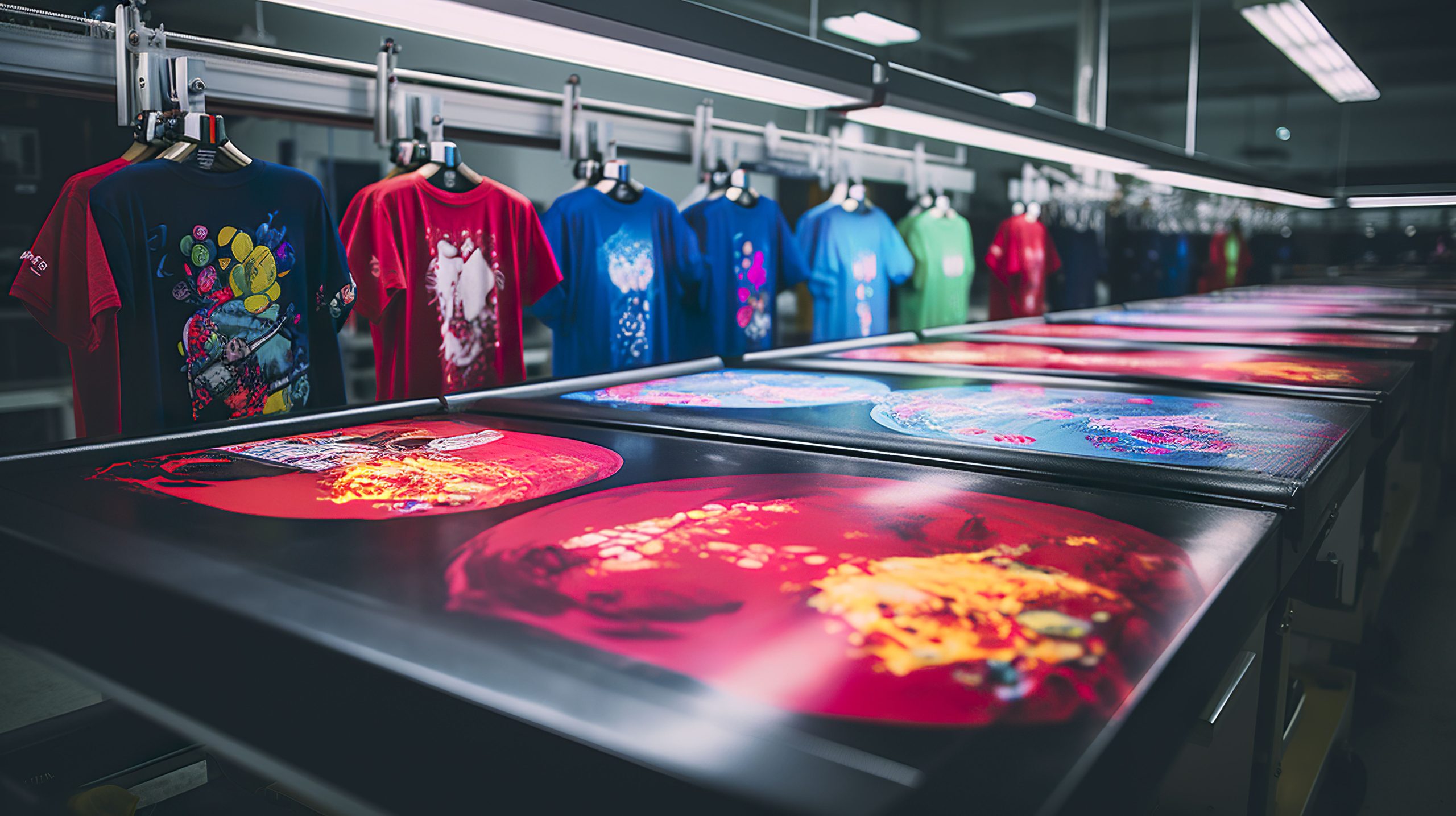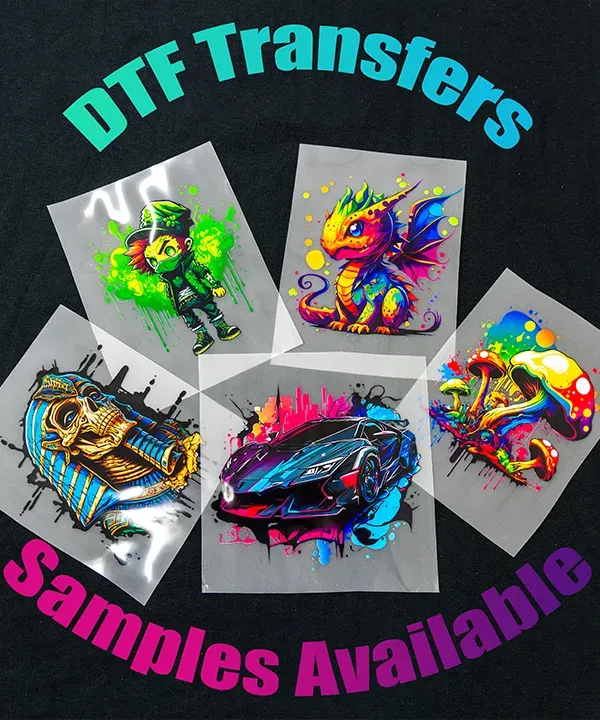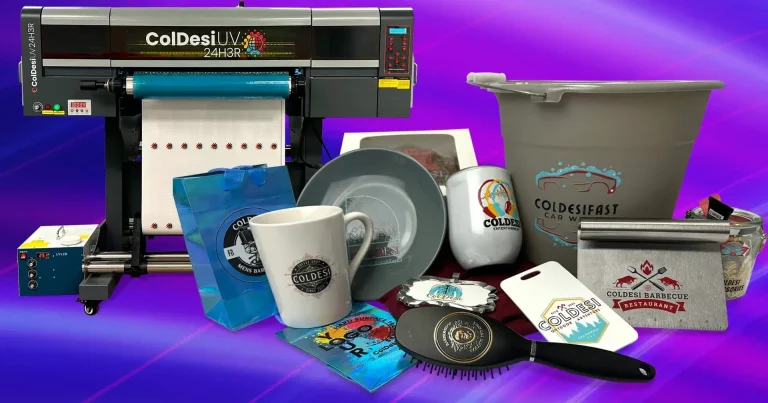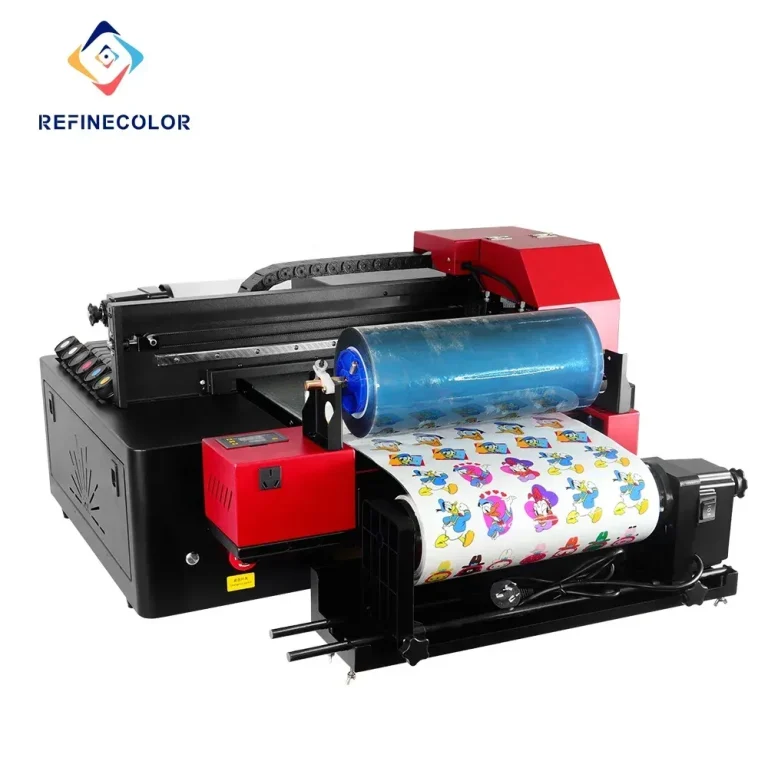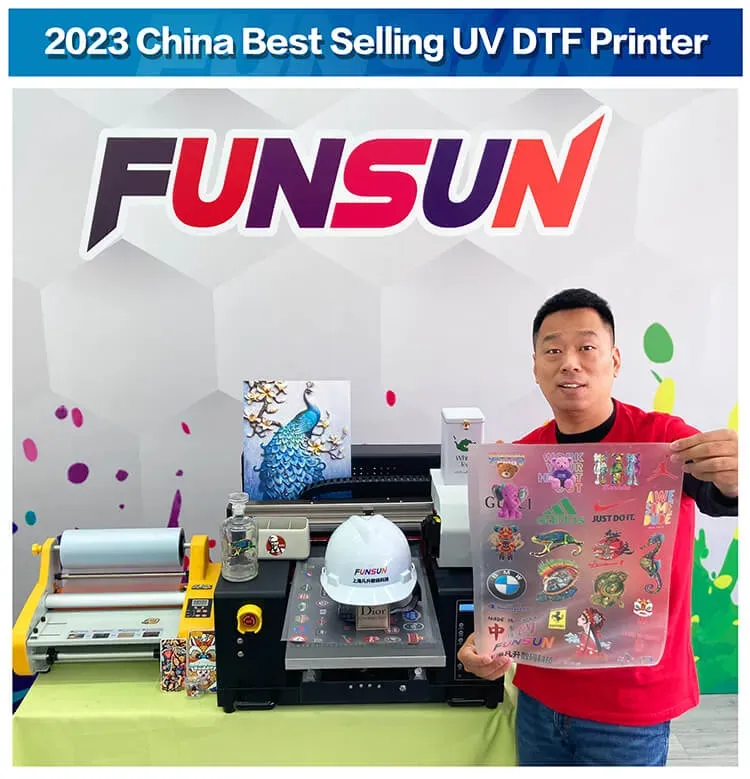UV DTF Printing Techniques: Maximize Efficiency Today
UV DTF printing techniques are revolutionizing the way we think about print quality and efficiency in the printing industry. This innovative method seamlessly blends the advanced capabilities of UV printing technology with direct-to-film printing, leading to stunningly vibrant results on an array of materials. As it gains traction, businesses are leaning towards UV DTF printing for its cost-effective printing solutions that significantly reduce waste and enhance productivity. Additionally, the technology’s focus on sustainable printing solutions aligns perfectly with the growing demand for environmentally-friendly practices across various sectors. With continual advancements emphasizing speed and flexibility, UV DTF printing is paving the way for the future of customized print applications.
The emergence of Direct-to-Film (DTF) printing methods showcases a significant shift toward modern printing solutions that prioritize quality and sustainability. This approach combines traditional UV printing with innovative film technologies, offering a fresh perspective for industries seeking efficient printing processes. The rise of this technique is not just a passing trend; it’s a reflection of broader advancements in the printing landscape that emphasize both cost-effectiveness and ecological responsibility. With its ability to produce vibrant, durable prints on diverse materials, the adoption of DTF methods is reshaping expectations in creative design and product customization. As businesses explore these groundbreaking solutions, the integration of sustainable practices within the printing sector becomes increasingly critical.
Understanding the Mechanics of UV DTF Printing
UV DTF (Direct-to-Film) printing is a cutting-edge technique that merges the precision of UV printing with the flexibility of DTF technologies. At its core, this method utilizes UV-cured inks that are applied to a special film. Once the design is printed, a UV light source promptly cures the inks, leading to a vibrant, durable print. This fast curing process sets UV DTF apart, enabling it to cater to a broad range of materials, including textiles, glass, and metal, while maintaining consistent quality and retention.
One of the standout features of UV DTF printing is its ability to produce high-resolution images with immense color detail and sharpness. This capability is particularly advantageous for industries like fashion and custom merchandise, where intricate designs are commonplace. Furthermore, UV DTF’s adaptability means that companies can create diverse products without needing multiple setups, reducing manufacturing time and minimizing waste. This efficiency boosts productivity and positions UV DTF printing as a game-changing technique in the printing industry.
The Advantages of Cost-Effective Printing
Cost effectiveness is a primary reason for the rapid adoption of UV DTF printing across various sectors. By significantly lowering ink consumption through advanced formulations and optimized processes, businesses can minimize their production costs without compromising on quality. Furthermore, the ability to print directly onto various substrates opens up avenues for short runs and on-demand projects, enabling companies to respond to market demands swiftly and economically.
This economic efficiency also translates into improved profitability for print service providers. The fast production speeds associated with UV DTF printing allow businesses to handle larger volumes of work within shorter time frames, which is essential in a competitive environment. Additionally, with reduced material wastage and fewer consumables needed, companies experience a positive impact on their bottom line, thereby ensuring sustained growth and success.
Sustainability in UV DTF Printing Solutions
In an era increasingly focused on sustainability, UV DTF printing techniques lead the way in reducing ecological impact. Many businesses are keen to adopt eco-friendly practices, and UV DTF fulfills this need through the use of non-toxic, water-based inks and energy-efficient curing systems. These innovations ensure that the printing process not only minimizes harmful emissions but also conserves energy, aligning with the global push towards eco-responsibility.
Moreover, UV DTF printing’s potential for sustainable manufacturing is enhanced by its ability to perform well with recycled materials. Companies that utilize this technology can significantly lower their carbon footprint, contributing meaningfully to environmental sustainability while still delivering high-quality products. This commitment to green solutions not only supports businesses in meeting regulatory requirements but also resonates with environmentally-conscious consumers, creating a competitive advantage in the marketplace.
Technological Advancements in UV DTF Printing
The landscape of the printing industry is continually evolving, primarily driven by the latest technological innovations in UV DTF printing. Recent advancements in UV-LED technology have transformed how prints are cured, eliminating the need for extensive heating. This revolutionary approach not only accelerates the curing process but also facilitates printing on heat-sensitive materials, making it a versatile solution for various applications.
These technological advancements directly enhance operational efficiency within businesses. By mitigating downtime and enabling faster turnaround times, companies can increase their output without compromising quality. Furthermore, as the demand for customized products continues to rise, these advancements allow print service providers to experiment with complex designs and materials, expanding their offerings and opening new business avenues.
Training Programs and Resources for Effective UV DTF Implementation
Embracing UV DTF printing techniques requires a thorough understanding and the right skill set, which is why many businesses are seeking out training programs focused on this technology. These educational initiatives provide critical insights into the operational aspects of UV DTF printing, from setup and maintenance to troubleshooting common issues. By investing in training, companies empower their employees to leverage the full potential of UV DTF printing, ensuring optimal results in production.
Moreover, workshops and resources offered by industry associations can lead to significant competitive advantages. By staying informed about the latest practices, techniques, and trends in UV DTF printing, businesses can adapt quickly to changing market demands. This ongoing education fosters innovation, helping companies carve out unique niches and produce high-quality products that meet customer expectations, thereby strengthening their market position.
Conclusion: The Future of UV DTF Printing in the Industry
As the printing industry continues to advance, UV DTF printing techniques are solidly positioned at the forefront of this evolution. With their unique capabilities to deliver high-quality, cost-effective, and sustainable printing solutions, these techniques are redefining industry standards. Companies that embrace UV DTF are not only enhancing their operational efficiency but also aligning their practices with modern consumer values centered on sustainability.
Looking ahead, the integration of UV DTF technologies will likely expand, with continual advancements promising even more innovative printing solutions. As businesses seek to remain competitive in a fast-paced market, those investing in UV DTF printing will likely see substantial returns through operational savings, enhanced product quality, and increased customer satisfaction, ensuring their longevity and relevance in the dynamic printing landscape.
Frequently Asked Questions
What are the main benefits of UV DTF printing techniques in the printing industry?
UV DTF printing techniques offer numerous benefits, including vibrant print quality on various substrates, cost-effective printing due to reduced ink consumption, and the ability to cure prints quickly with UV-LED technology. Additionally, these techniques support sustainable printing solutions through eco-friendly inks and energy-efficient curing processes.
How does UV DTF printing differ from traditional direct-to-film printing?
While traditional direct-to-film printing utilizes heat to cure inks, UV DTF printing relies on UV printing technology that cures inks almost instantly with ultraviolet light. This allows for improved print quality, faster production times, and the ability to print on heat-sensitive materials without damaging them.
Can UV DTF printing techniques be used on a variety of materials?
Yes, UV DTF printing techniques are highly versatile and can be utilized on a wide range of materials including textiles, plastics, glass, and metal. This adaptability is one of the key factors driving the popularity of UV DTF in various industries.
What role do technological advancements play in UV DTF printing?
Technological advancements, particularly in UV-LED curing processes, are crucial for enhancing UV DTF printing techniques. These innovations have significantly increased production speeds, reduced downtime, and improved print durability, establishing UV DTF as a leading option in the evolving printing industry.
How does UV DTF printing contribute to sustainable printing solutions?
UV DTF printing contributes to sustainable printing solutions by utilizing eco-friendly inks and energy-efficient UV curing systems that minimize waste and reduce energy consumption. These practices align with the industry’s push towards more sustainable manufacturing processes.
What resources are available for maximizing success in UV DTF printing?
To maximize success in UV DTF printing, various industry organizations offer training programs and resources that cover best practices, troubleshooting techniques, and innovative application ideas. Access to these resources can help businesses effectively implement UV DTF technologies for better outcomes.
| Key Point | Details |
|---|---|
| Introduction | UV DTF printing techniques are revolutionizing the printing industry with their efficiency and ability to produce high-quality prints. |
| Definition | Combines traditional UV printing with direct-to-film technologies for durable and vibrant prints. |
| Industry Adoption | Widely accepted in textiles, promotional products, and packaging for creative applications. |
| Technological Innovations | Utilizes UV-LED curing technology that enhances production speed and allows for printing on heat-sensitive materials. |
| Cost-Effectiveness | Reduces ink consumption and operational costs, allowing for faster customer order fulfillment. |
| Sustainability | Advancements in eco-friendly inks and curing systems align with green manufacturing trends. |
| Training Resources | Training programs help companies adopt best practices and troubleshooting techniques for optimal results. |
Summary
UV DTF printing techniques are transforming the landscape of modern printing, offering a blend of efficiency and high-quality output. This innovative method enhances production capabilities and provides a cost-effective solution for businesses across various industries. With the utilization of UV-LED curing, UV DTF printing caters to diverse substrates while promoting sustainable practices. The growing popularity of this technology, supported by training resources and continual advancements, positions UV DTF printing techniques as a go-to solution for companies seeking to thrive in a competitive environment.

